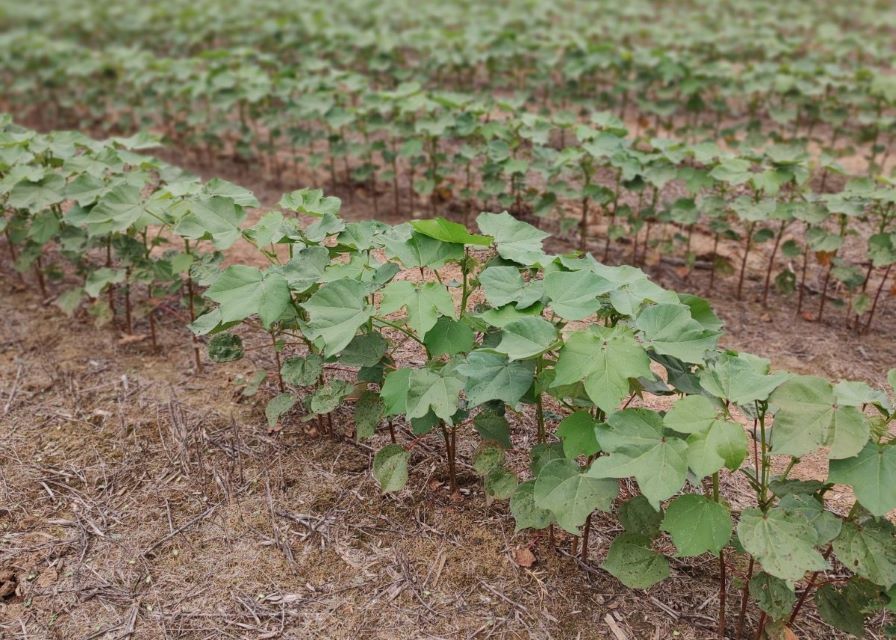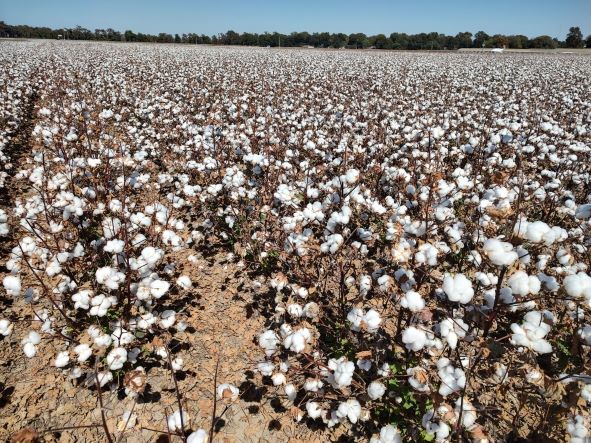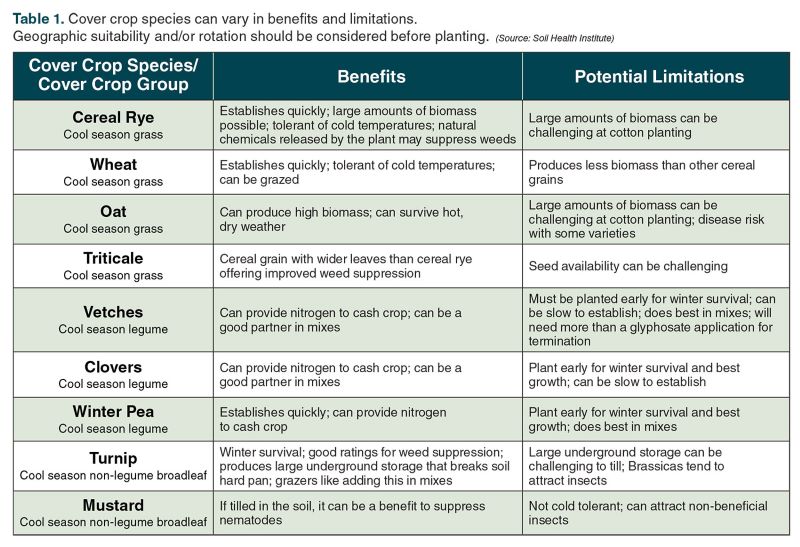Plan Post Harvest Cover Crop Planting for Weed Suppression
Soil health management practices, such as minimized disturbance and maximized soil cover, provide numerous benefits such as reduced erosion, increased water infiltration, and increased soil productivity. Implementation of cover crops can provide an additional benefit of weed suppression, particularly important for cotton, which suffers from early season weed competition. Also, cotton is inherently a low-residue crop, and cover crops integrated into cotton-based systems offer tremendous soil health benefits.
Although many benefits are attributed to cover crop use — and usage has increased across the U.S. in recent years — the adoption of cover crops is still less than 10% of row crop acres in the country. In cotton-producing states, the adoption of cover crops can vary from as low as 1% to as high as 29%.
Weed Suppression from Cover Crops
Cover crops are a key tool for integrated weed control and may help reduce herbicide usage by slowing weed emergence and growth. Using cover crops rather than cultivation to control weeds enhances soil structure and minimizes the amount of light that reaches weed seedlings. Cover crops can also help reduce the risk of herbicide resistance by minimizing the number of weeds that need to be controlled using herbicides, delaying weed seed emergence, and weakening seedling growth vigor.
Cover Crop Management
Although the benefits of cover crops for improved soil health and weed suppression are well known, using cover crops does require planning and managing to be successful. For successful cover crop establishment and growth, species selection, time of seeding, seeding rate, and termination are all important factors to consider. Choice of cover crop species and seeding rates can be highly variable from region to region in the Cotton Belt. Table 1 provides an overview of many of the most used and studied cover crop options.
Cover Crop Planting for Weed Suppression
Proper planning is essential for growing a successful cover crop that has the ability to control weeds. Growers need to purchase seeds in a timely manner because some cover crop species sell out early. Planting the cover crop early can improve the likelihood of good cover crop establishment. If planting after cash crop harvest, the sooner the cover crop is planted, the better. Planting cover crops early provides good establishment for winter survival and spring growth. Well-established plants enhance the weed suppression effects of cover crops in the fall and spring.
Cover Crop Termination
There are several different methods for terminating cover crops, including chemical, frost, mowing, crimping, and tillage. Termination methods like tillage and mowing can speed up the release of nutrients to the soil and help the soil dry out prior to planting cash crops, but these methods weaken the weed suppression effects of cover crops. Chemical termination and crimping keep the residue intact, allowing for better weed suppression.
Choosing when to terminate cover crops involves trade-offs. Later termination allows more time for biomass production, which makes weed suppression more efficient. At the same time, providing enough time to ensure complete termination before cotton planting is important to avoid any negative effects on cotton establishment.










